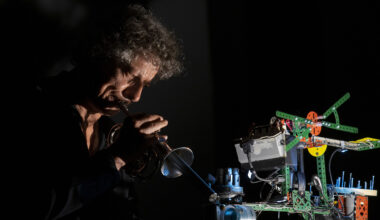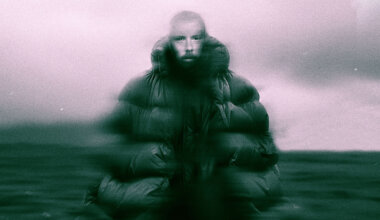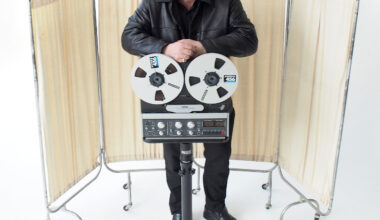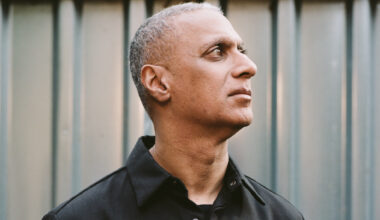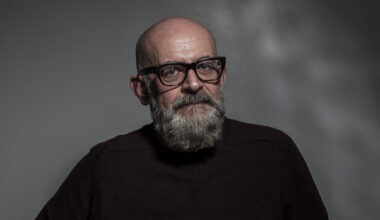Richard Anthony Hewson, who lent his initials to The RAH Band, enjoyed chart success with space-age stomper ‘The Crunch’ in 1977 and ‘Clouds Across The Moon’ in 1985. He shares some of his inspirations on the road to success
Want to read more?
Sign up to Electronic Sound Premium to gain access to every post, video, special offers, and more. 100%, all you can eat, no commitment, cancel any time.
Already a premium member? Log in here
